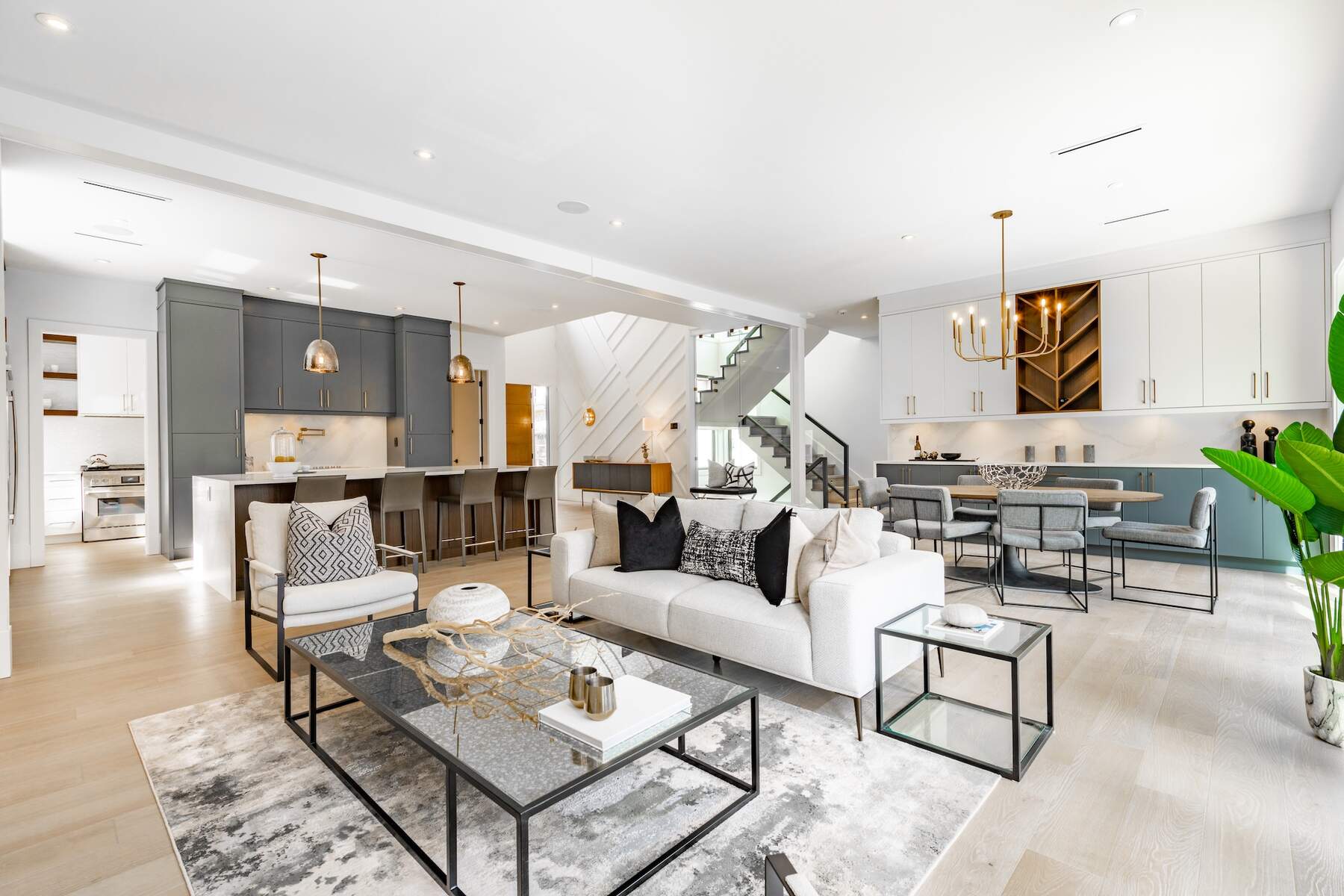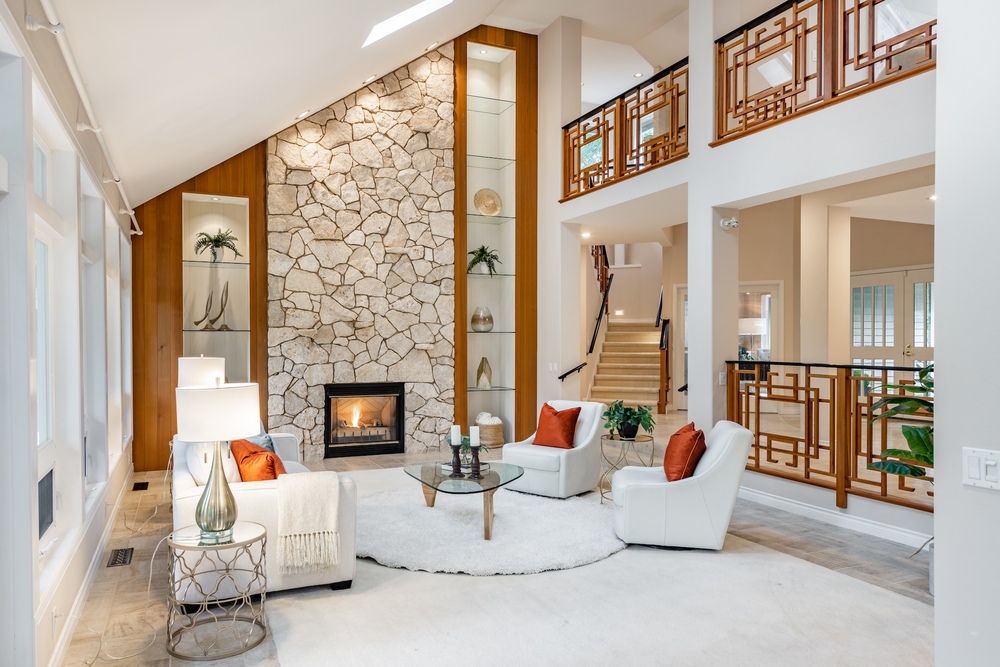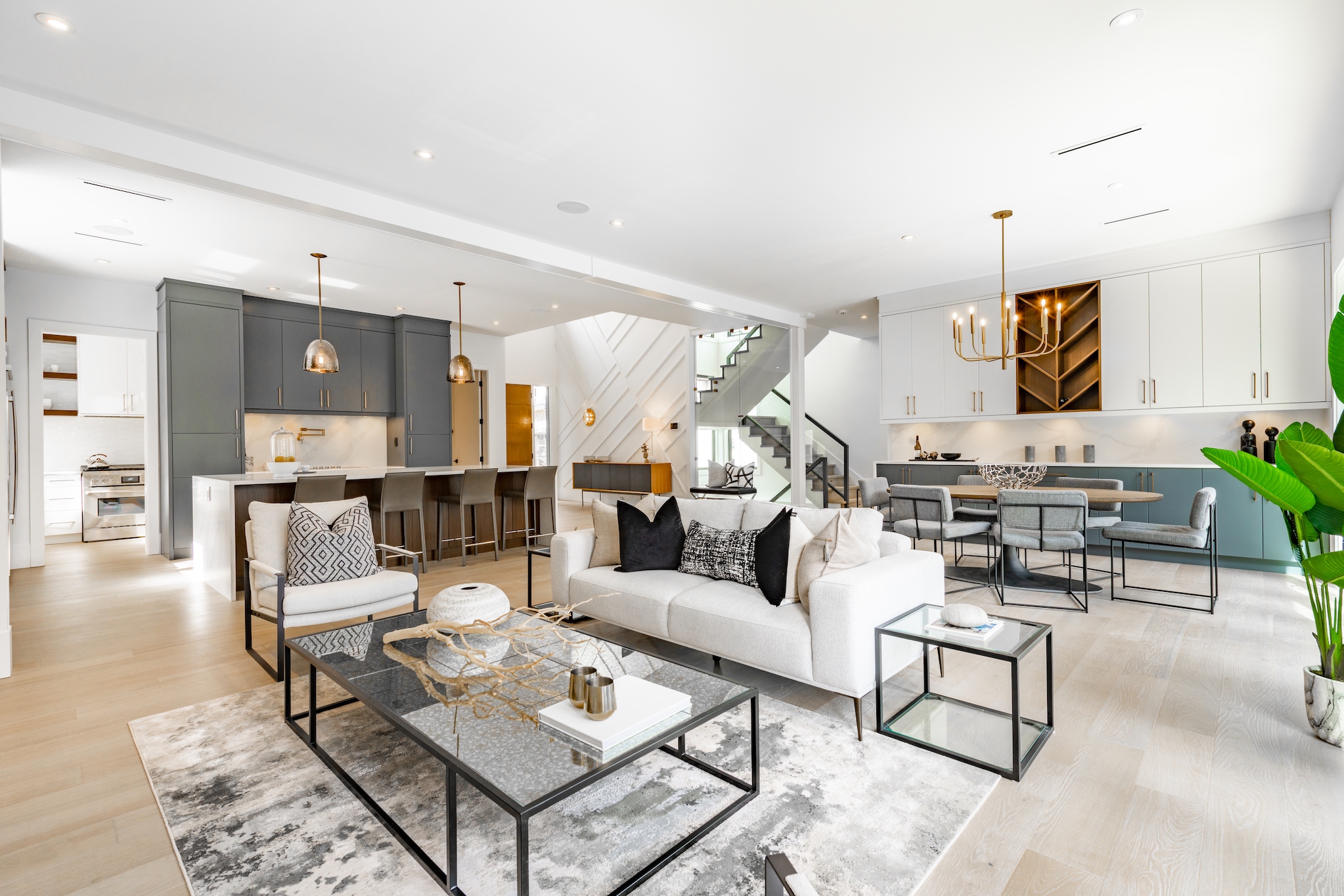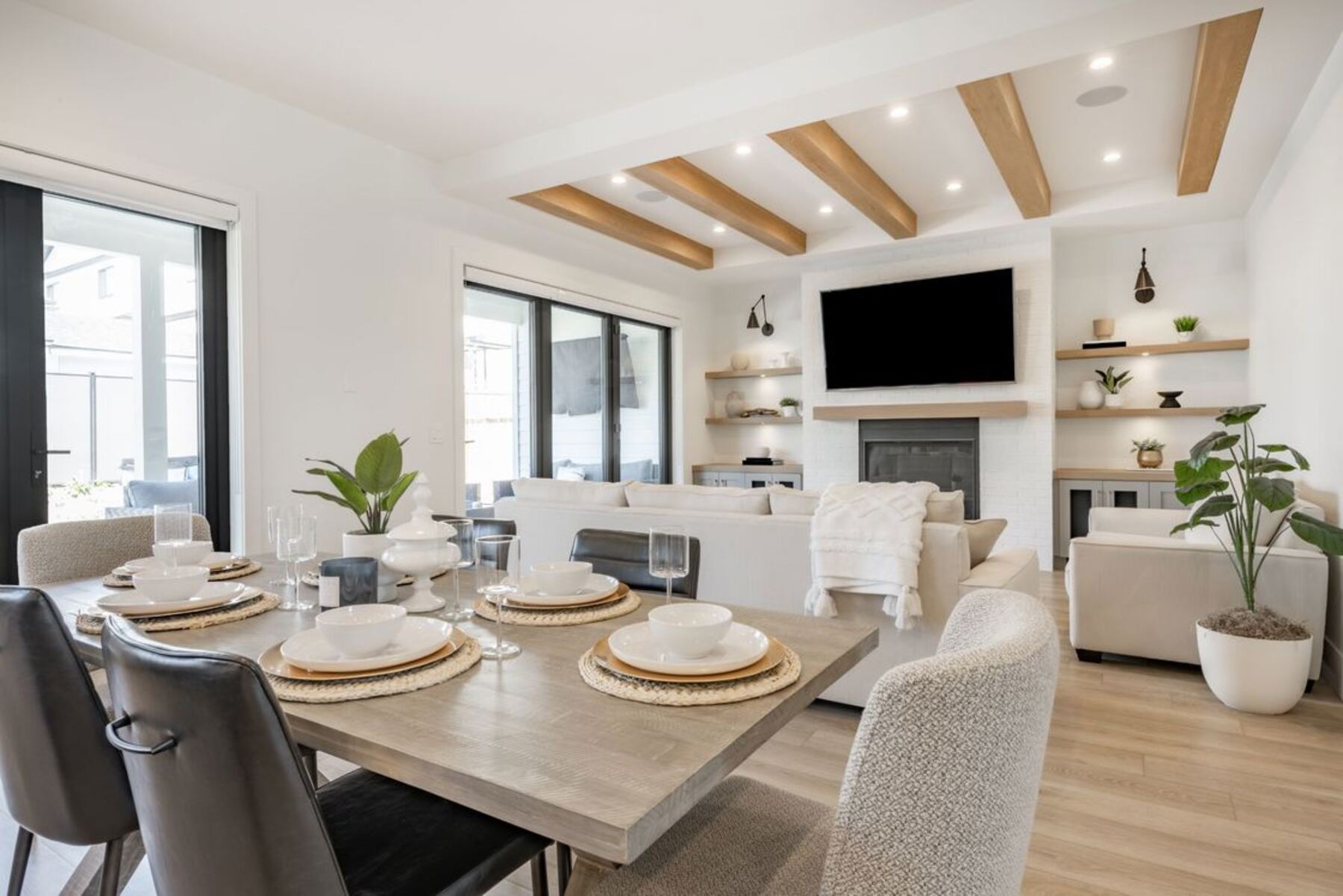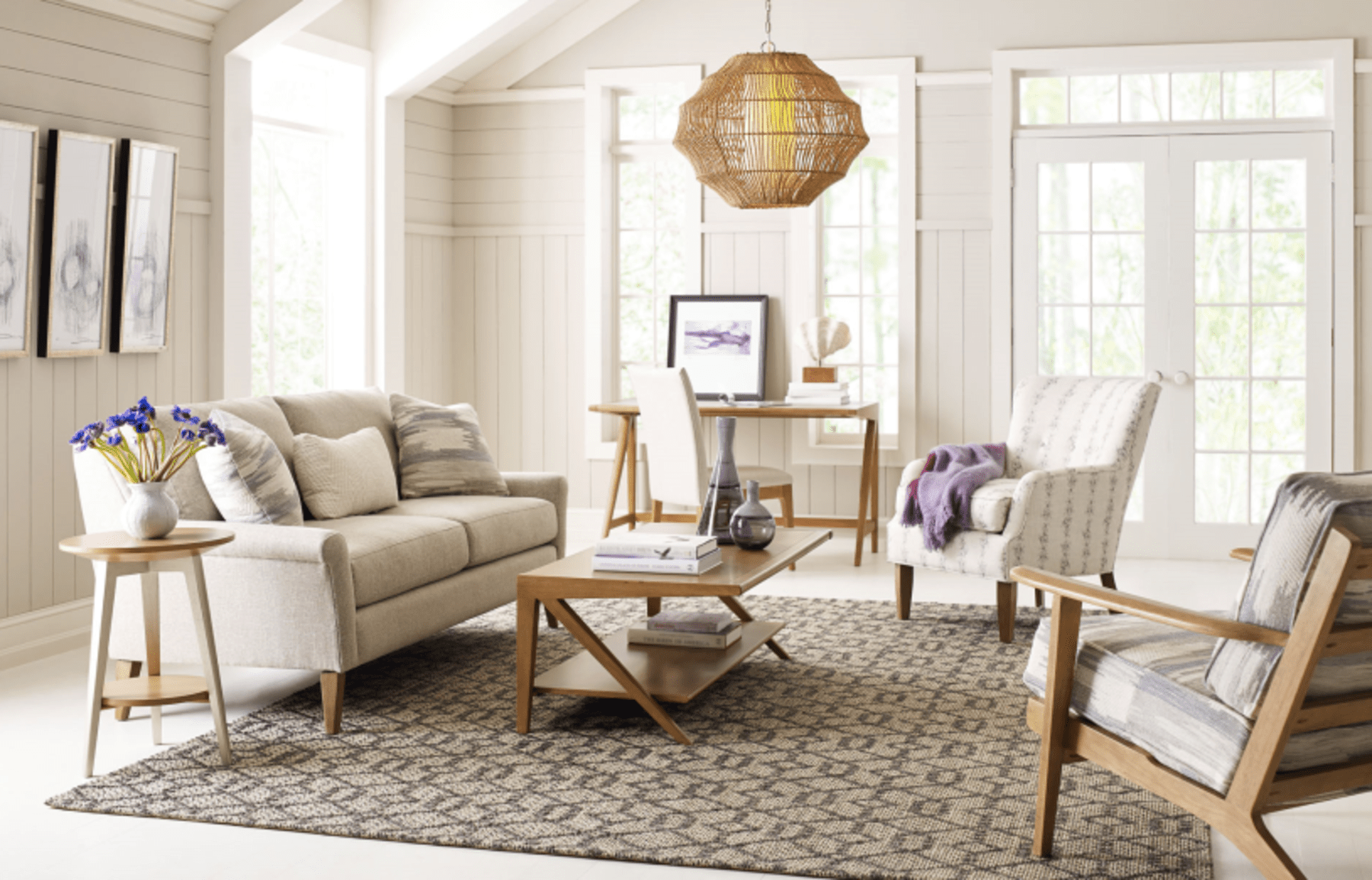Struggling to coordinate light fixtures in my new home was a real eye-opener. From mismatched styles to clashing finishes, I faced challenges that left me scratching my head. I even wasted a lot of time plus resources that could have helped me do other important things.
However, my time at an interior design firm provided valuable insights and hands-on experience. In this guide, “How to coordinate light fixtures,” I want to share insights to help new homeowners and seasoned renovators confidently navigate the complexities of coordinating fixtures.
How to Coordinate Light Fixtures
Coordinating light fixtures is a fun way of making your home feel balanced and unified. The fixtures share a cohesive style, finish, and scale that creates a sense of visual unity in your living space. Besides enhancing the aesthetic, these fixtures can also create a comfortable and inviting space for you and your guests.
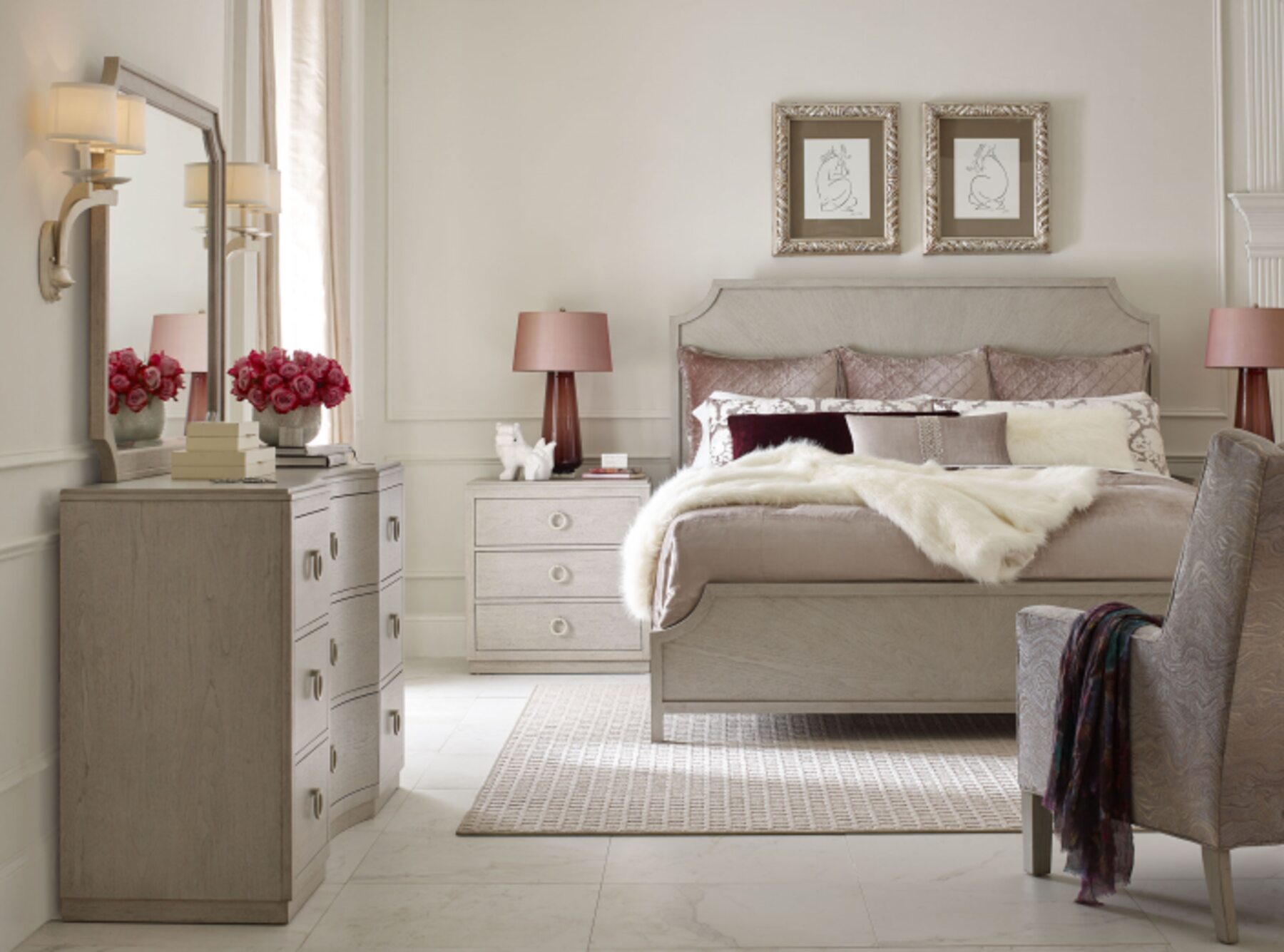
That is why fixture coordination should be done well to avoid mismatches and unnecessary future repairs. Remember that you are putting your time and resources into this project, and any slight mismatch or shoddy work will render the whole thing useless.
It is advisable to hire an expert to help you carry out the work. DJ Elite Interior is a reputable residential interior design firm that has been in the industry for decades. Our experts are well-versed in the project and can help you do the job within the recommended time frame.
Tips for Coordinating Lighting Fixtures
Coordinating fixtures is not a one-time project. Each plan includes a variety of fixtures that work in various rooms. Here is how to coordinate light fixtures in various rooms:
Make a List of the Fixtures You Need
The first thing to do is take a thorough inventory so that you get the fixtures needed in each room. Walk inside every room, listing down the fixtures you want to replace or install. Figure out the types of lighting required in each room: accent, ambient, or task.
Now, note down specific areas in each room that require fixtures and what kind you need. There are many options: You may go for chandeliers, scones, flush mounts, or pendants. The goal is to choose fixtures that complement the design scheme of your home.
Determine the General Style
You want to select fixtures that match the decorating style of your home. Some popular styles in a home include Bohemian, traditional, modern or minimalist. Each style may require different types of fixtures to enhance the aesthetics.
Also, check other elements, such as color schemes for cues, architectural features, or furniture, to guide you in selecting the fixtures.
Once you have understood the style and the elements that enhance visual appeal in the home, you will need to choose fixtures that fit them (style and decorative elements).
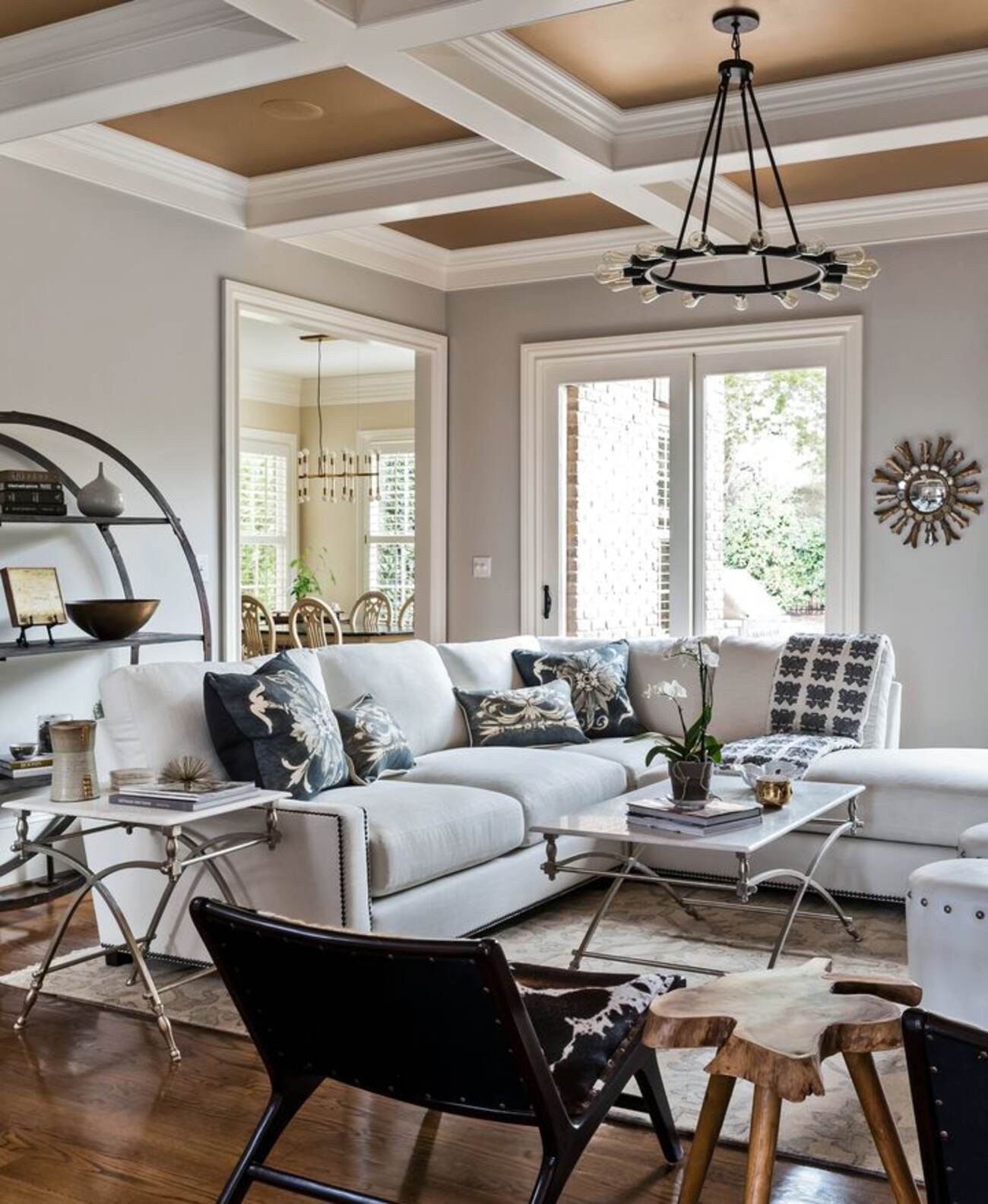
Select Your Metal Finish
This is another step of coordinating fixtures that requires more attention. While it is ideal to mix and match, it is advisable to consider selecting metal finishes that complement the existing finishes in your home.
Choose metal finishes that match other finishes in your home, such as door handles, furniture legs, cabinet hardware, or curtain rods. Some of the metal finishes include:
- Bronze or brown tones: These metal finishes evoke the traditional feel due to their rich earth tones. They are suitable for classic or rustic design schemes.
- Brass tones: They are perfect for adding a sense of luxury and a warm elegance hue. The metals are suitable for both traditional and modern styles.
- Brushed nickel: These blend well with traditional or modern home styles. They are ideal for offering sleek and contemporary, warm undertones.
- Black tones: The black tones provide a bold and dramatic statement. They are the most flexible fixtures since they can be used to offer an edgy touch to industrial and minimalist decor styles.
- Copper tones: Even though they are rarely used, these metal finishes can be used to offer an eye-catching appearance. Consider incorporating them if you choose a matching design in your home.
- Gold tones: When you hear of gold, the first thing that should come to your mind is beauty. Even though other metals enhance beauty, the gold tones exude the opulence and luxury mostly found in glam-inspired interiors.
Note that metal finishes can sometimes be tricky to select if you know little about the manufacturer’s colorations. Different manufacturers have different colorations, meaning you need to take a good look before purchasing. You can engage an expert to help you identify the best color.
Align the Details and Characteristics
Aligning the details and characteristics creates a unified and visually appealing aesthetic across your home’s lighting design. Pay attention to elements such as texture, shape, and design style.
For instance, if your kitchen space chandeliers are minimalist with curvy or spherical shapes, you will also want to incorporate pendants that are minimalist and have the same shape in the dining room.
Also, if you opt for sleek, streamlined fixtures in one room, maintain consistency by choosing similar styles throughout the house. With this consistency, you will be able to achieve a cohesive ambience.

Pay Attention to Proportions
Considering the proportion of each room in your home can also help create an attractive atmosphere with light fixtures. Pay close attention to the height, width, and size of each fixture you have.
Opt for a substantial chandelier in a large dining room to make a statement without overwhelming the room. Similarly, choose smaller fixtures for compact spaces to avoid a cluttered or cramped feel. Maintaining proportional balance enhances the visual harmony and functionality of your lighting design.
Create Visual Flow
Now, this is where creativity comes in. You want to arrange the fixtures to guide the eye smoothly around your living space. Consider the placement of fixtures in relation to key focal points and architectural features.
For example, position pendant lights above a kitchen island to draw attention to this central space. Use sconces to highlight artwork or make a hallway bright and attractive.
Frequently Asked Questions
Is It a Must for Light Fixtures to Match?
No, there is no rule stating that the fixtures must match. You are the one to decide whether to have uniform fixtures in your living space or not. It is your space, and you have the right to make decisions. However, maintaining a cohesive style and consistent elements across fixtures is ideal for enhancing a unified look in the home.
Do Ceiling and Wall Lights Need to Match?
No, ceiling and wall lights do not necessarily need to match if you mix and match fixtures correctly. The mix and match can be ideal since it allows for personalized expression, enhances the visual appeal, and creates depth. However, consistency in design and incorporating the same elements help create a cohesive look.
How Do You Mix Light Fixtures in Your House?
The best way to mix light fixtures in your house is to use fixtures that share a common trait. The fixtures you use should share complementary styles and finishes. For instance, you can pair a modern pendant light in the kitchen with vintage-inspired scones in the dining room.
Conclusion
Coordinating light fixtures is vital for creating a cohesive and visually appealing home atmosphere. Pay attention to details such as the home decor design, finish, proportion, and flow. This way, you can achieve a harmonious lighting design that enhances the aesthetics and functionality of your living space.



